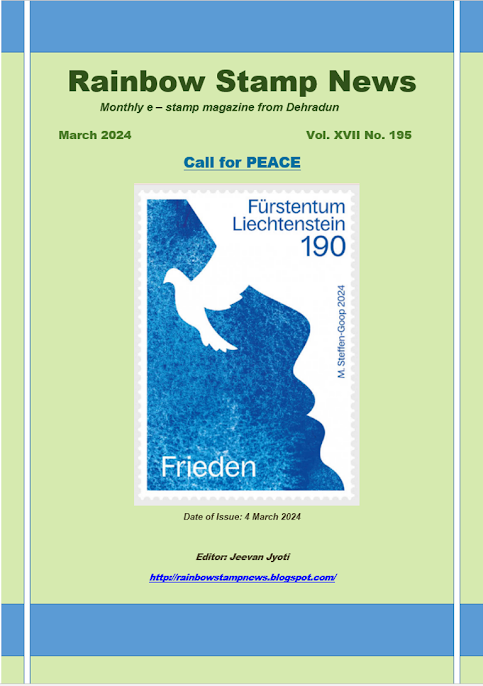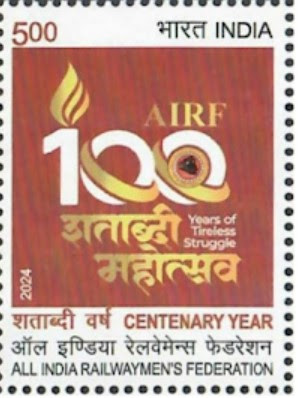Basel Carnival
Carnival is a festive season which occurs immediately before Lent; the main events are usually during February. Carnival typically involves a public celebration or parade combining some elements of a circus, mask and public street party. People often dress up ormasquerade during the celebrations, which mark an overturning of daily life.
The Carnival of Basel is the biggest carnival in Switzerland and takes place annually between February and March in Basel. It has been listed as one of the top fifty local festivities in Europe.
Fano Carnival of Italy
The Fano Carnival is the oldest one in Italy; the first document which describes the typical festivities of the Carnival in the city go back to1347. The “getto” (throw) is with no doubts the most important moment of the Fano Carnival. Every year hundreds of kilos of sweets and chocolates are showered from allegorical floats during the processions.
Another typical element of the Fano Carnival is the “pupo” or “vulon”. It is a papier-machè mask which represents the most important people of the city. Then we have the “Musica Arabita”, a band founded in 1923 which uses instruments of everyday use (cans, coffeemaker, jugs….) to play.
Termitano Carnival
The Italian post issued a stamp dedicated to the Termitano Carnival which took place from Sunday, 3 to Tuesday, 12 of February 2013 in Italy. This festival, the oldest Carnival in Sicily, takes place since 1876. It was organized by the Municipality of Termini Imerese in collaboration, for the fourth consecutive year, with the agency Feedback Palermo. The event was open with the ceremony of handing over the keys of the city from the mayor of Termini Imerese, Salvatore Burrafato to Nannu ca Nanna, historical masks of Carnival Termitano.
The stamp features a float with typical papier-mache puppets of the Carnival Termitano, the mount San Calogero in the background, and traditional Nannu ca Nanna masks in the upper right corner.
Goa Carnival
Goa Carnival is the eagerly awaited festival of Goa which is usually held for 3 to 4 days. This time it falls on 9th February 2013 and will continue till 12th February 2013. During the days and nights of the Goa Carnival you can notice a great amount of zeal and zest among the people. The streets come alive with colors, lively processions, floats, the strumming of guitars, graceful dances and of non-stop festivity.Earlier Goa Carnival festival was bounded within the local population but now it has crossed the state frontiers and attracts thousands of people from all over the world.
Brazilian Carnival
The Carnival of Brazil is an annual festival held during the Friday to the Tuesday before Ash Wednesday, which marks the beginning of Lent, the forty-day period before Easter. On certain days of Lent, Roman Catholics and some other Christians traditionally abstained from the consumption of meat and poultry, hence the term "carnival," from carnelevare, "to remove (literally, "raise") meat." Carnival has roots in the pagan festival of Saturnalia, which, adapted to Catholicism became a farewell to well things in a season of religious discipline to practice repentance and prepare for Christ's death and resurrection.
Rhythmatic, participation, and costumes vary from one region of Brazil to another. In the southeastern cities of Rio de Janeiro, São Paulo and Vitória, huge organized parades are led by samba schools. Those official parades are meant to be watched by the public, while minor parades ("blocos") allowing public participation can be found in other cities. The northeastern cities of Salvador, Porto Seguro and Recife have organized groups parading through streets, and public interacts directly with them. This carnival is also influenced by African-Brazilian culture. It's a six-day party where crowds follow the trios elétricos through the city streets, dancing and singing. Also in northeast, Olinda carnival features unique characteristics, heavily influenced by local folklore and cultural manifestations, such as Frevo and Maracatu.
The typical genres of music of Brazilian carnival are, in Rio de Janeiro (and Southeast Region in general): the samba-enredo, the samba de bloco, the samba de embalo and the marchinha; in Pernambuco and Bahia (and Northeast Region in general) the main genres are: the frevo, themaracatu, the samba-reggae and Axé music.
Carnival is the most famous holiday in Brazil and has become an event of huge proportions. Except the industries, malls and the carnival related workers, the country stops completely for almost a week and festivities are intense, day and night, mainly in coastal cities. Rio de Janeiro's carnival alone drew 4.9 million people in 2011, with 400,000 being foreigners.























.png)













No comments:
Post a Comment